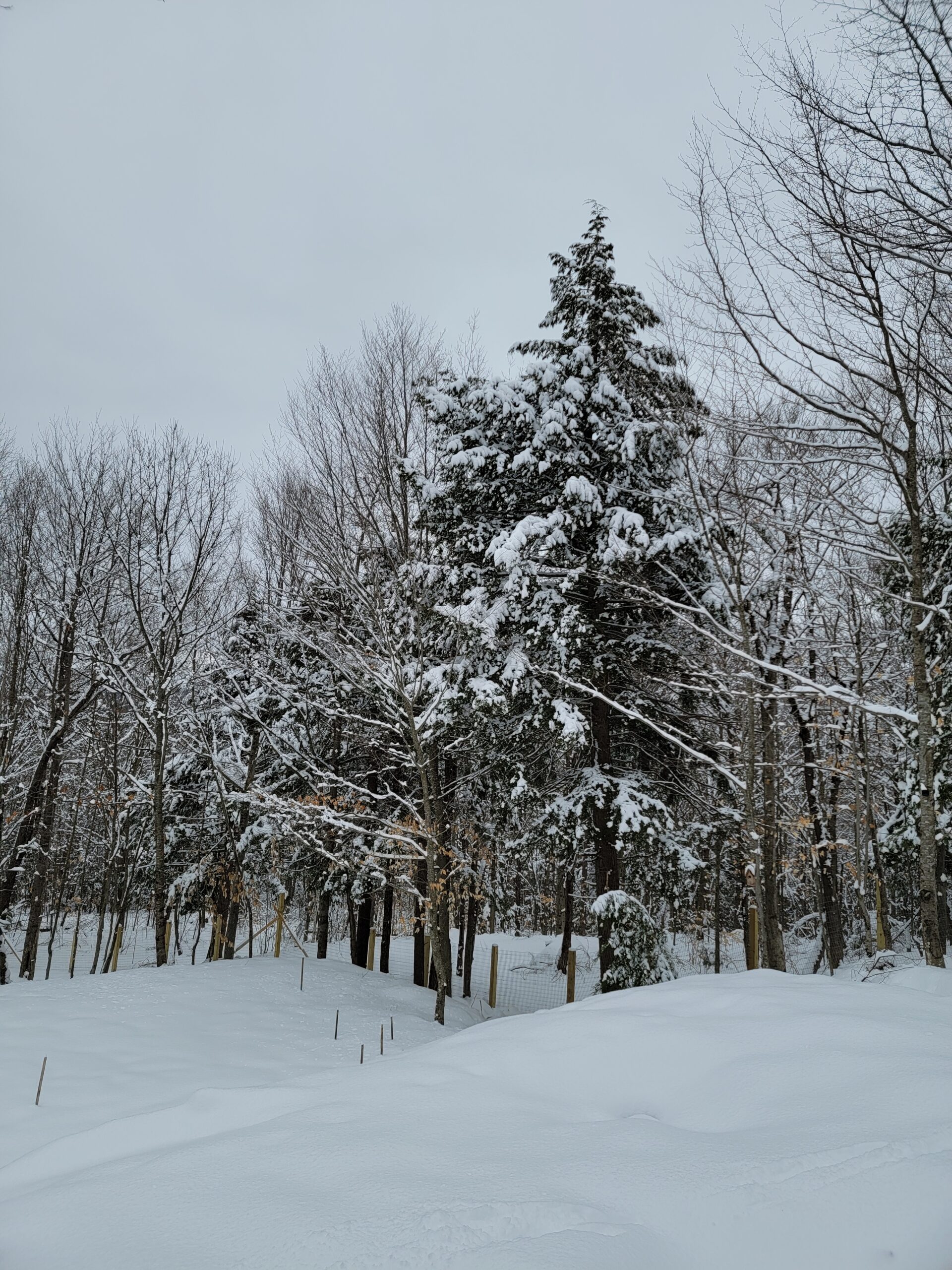California’s extreme weather conditions have been changing rapidly in recent years, and the result has been an unpredictable and often dangerous weather event – winter storms and drought.
Winter storms in California, which typically occur between October and March, can be incredibly destructive to the environment. Dense, heavy snow, mixtures of rain and snow, torrential rains, icy temperatures, and floods are all possible weather phenomena associated with intense winter storms. Strong winds, thunderstorms, hail and even tornadoes may also accompany these storms.
These violent weather events can cause a tremendous amount of property damage and even fatalities, as was seen with the damaging storms of 2005- 2006. The winter storms of 2005- 2006 produced numerous flash floods, mud slides, and power outages throughout California.
Additionally, intense winter storms can bring a drastic change to California’s drought conditions. Heavy rains can cause flooding, leading to a fast rise in the water tables, but this process can also neglect vital irrigation systems and farmers’ fields. Even when rains are light, but steady, the effects can still be damaging if the continued need for water surpasses the available resources. California’s drought can be exacerbated by heavy winter storms, as more water is used for short-term relief than for long-term sustenance.
With California’s landscape being increasingly deforested, landslides due to unstable soils are on the rise and present an even greater risk of damage from floods caused by rain and melting snow. What’s more, frequent high-pressure weather systems in the high plains of California can cause deep depressions in local weather patterns and create the possibility of locally high winds and desert dust storms.
As winter storms and drought become more frequent in California, finding ways to mitigate the potentially dangerous weather effects has become imperative. Homeowners can protect their property by being informed of the potential risks and taking steps to prepare, such as investing in flood insurance, maintaining correct landscape drainage, and keeping gutters and storm drains clear.
The state government is responding to the dramatically changing weather conditions with new infrastructure, such as dams and reservoirs, and updated forecasting practices. These measures focus on proper resource management and restoration of the environment.
Fortunately, the effects of winter storms and drought in California can be limited if people take the proper precautions. By being informed and taking steps to prepare, homeowners and farmers can protect their property and the environment from the dangerous effects of extreme weather events.

